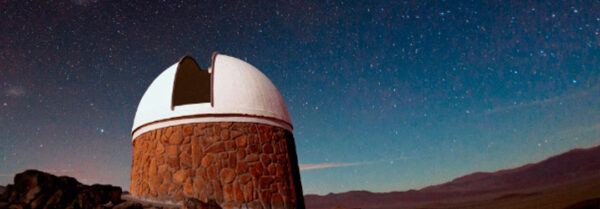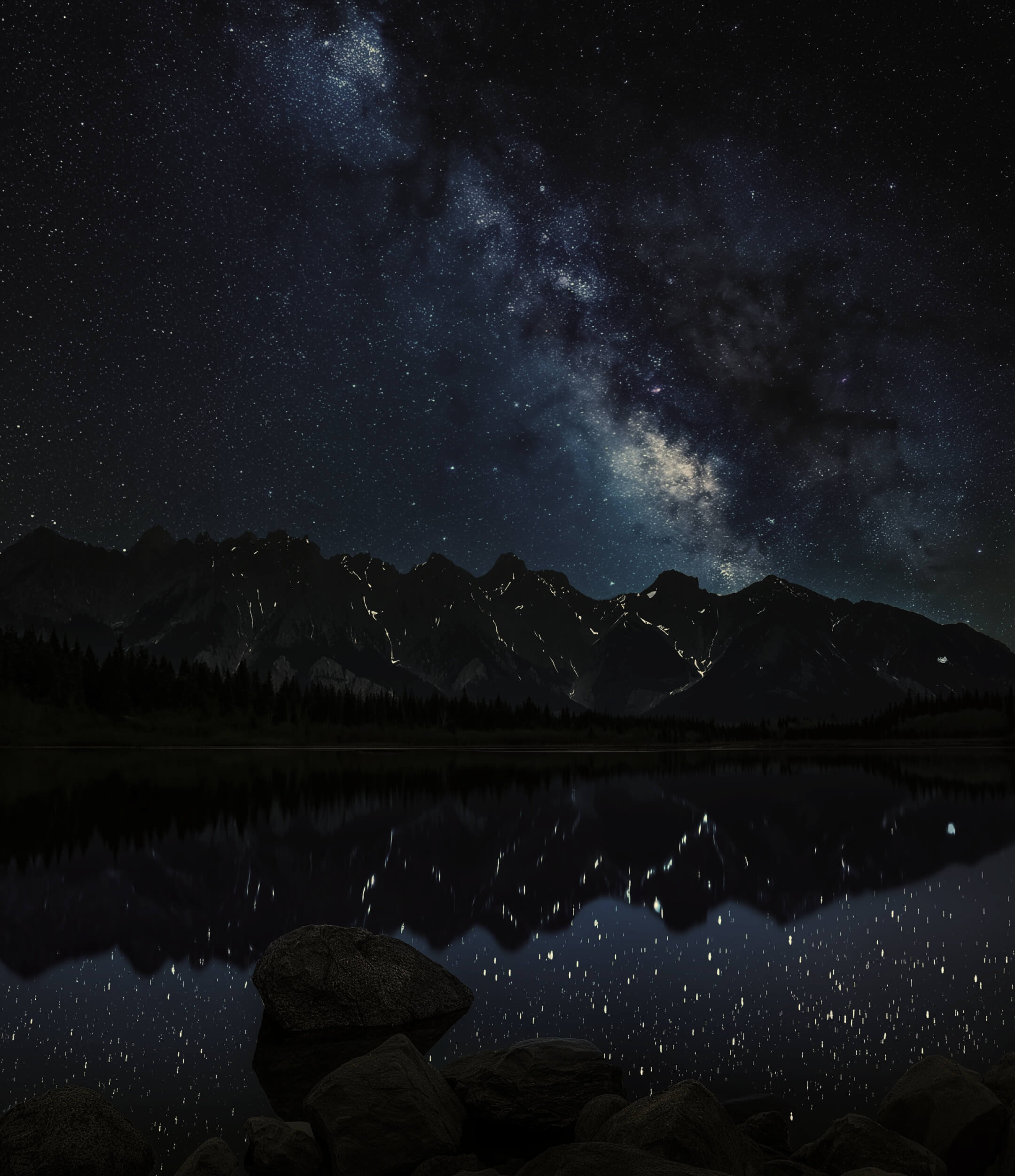The purpose of the guide published by the Environmental Assessment Service is to establish the criteria to determine when the luminosity emissions of projects may be likely to affect areas with value for astronomical observation for scientific research purposes.
On May 15, 2024, the Environmental Assessment Service (SEA) presented the document Evaluation Criteria in the SEIA: criteria to determine the susceptibility to affect astronomical areas, in which it presents the guidelines for the evaluation of projects in the 29 communes declared Areas of Scientific Value for astronomical observation by the Ministry of Science, Technology, Knowledge, and Innovation.
In October 2023 and by decree, 8 communes in the Antofagasta Region, 7 in the Atacama Region, and 14 communes in the Coquimbo Region were declared protected areas. The objective is to safeguard their dark skies to protect the activity of astronomical observatories located near these localities. From this decree, projects located in the area were required to prepare an Environmental Impact Study to demonstrate that they will not produce light pollution.
In response to this requirement, the SEA developed the document that includes criteria to define the area of influence of artificial luminosity emissions; defines the object of protection of astronomical areas; and establishes the minimum background to be presented in an Environmental Impact Declaration (DIA) or an Environmental Impact Study (EIA), regarding the artificial light emissions of each project.
From the Cielos de Chile Foundation, they valued the publication of this report and called for information on the new regulations related to the protection of dark skies, prior to the entry into force of the New Lighting Standard in October of this year.
“The presentation of this document by the SEA provides certainty about how the projects in these communes will be evaluated regarding their possible impact on light pollution. Our call is for industries and projects seeking to establish themselves in this area to familiarize themselves with the New Lighting Standard and collaborate with the early adoption of this regulation and its principles,” said Daniela González, executive director of the Cielos de Chile Foundation.


